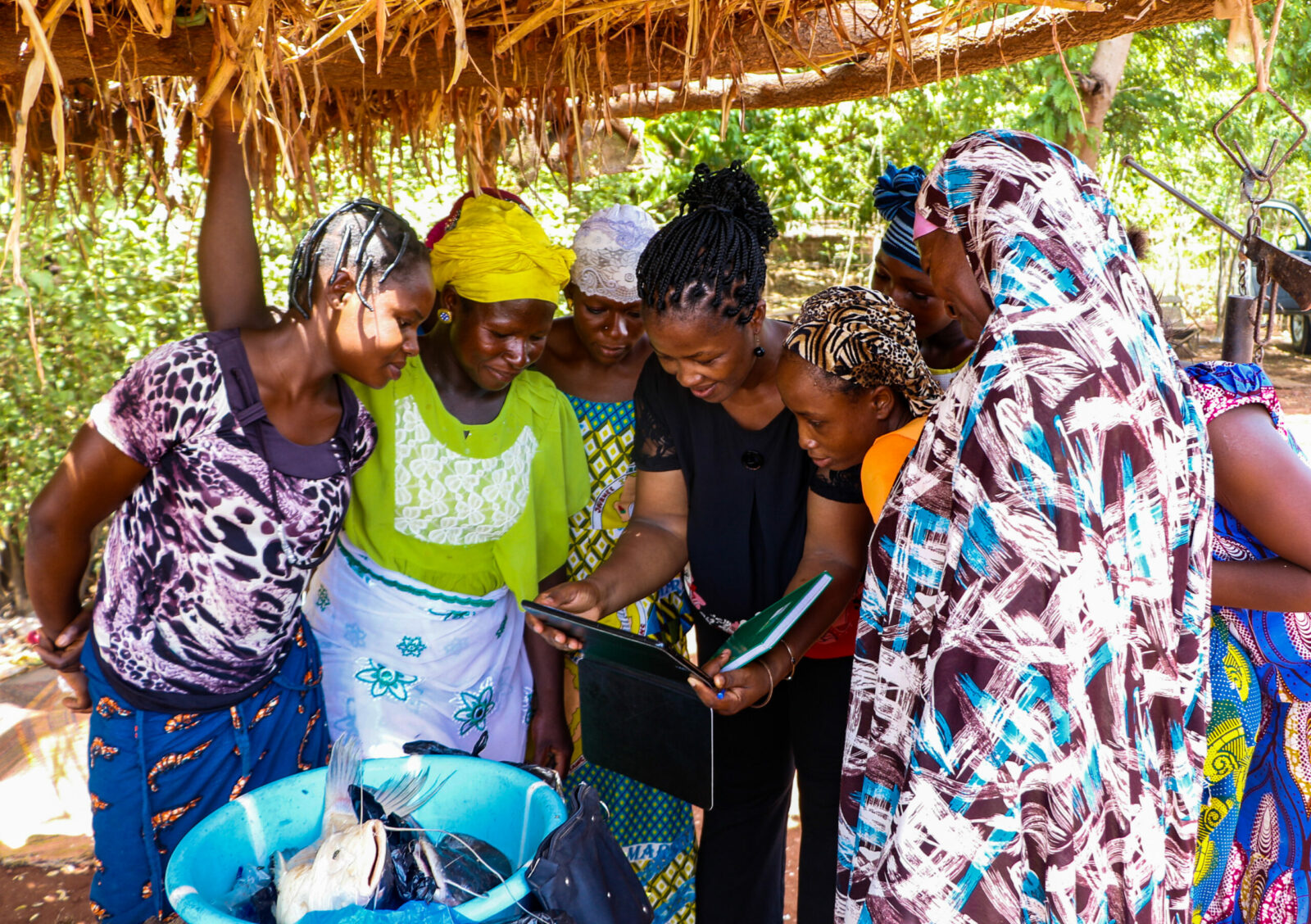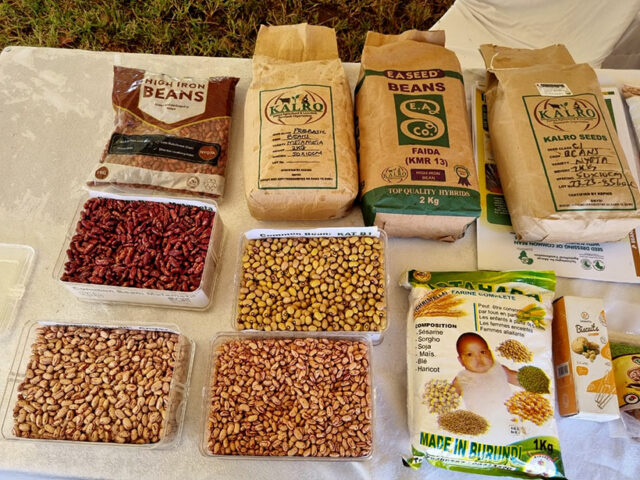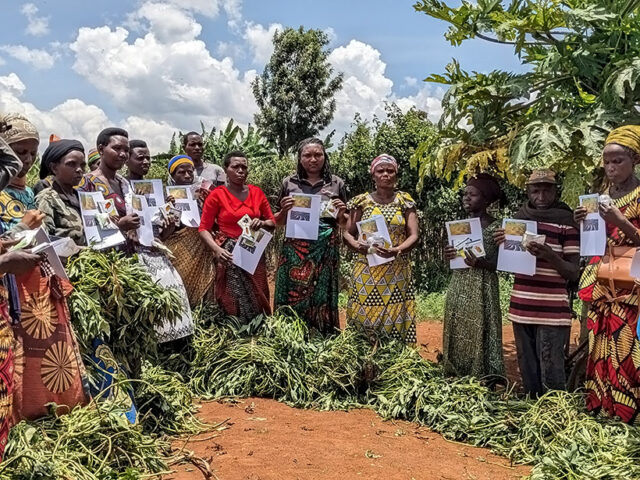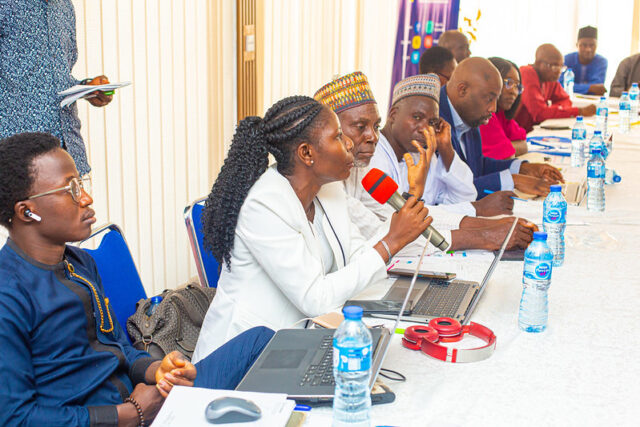
Image credit: IWMI
As internet access improves around the world, it is becoming clear that digital innovations can enable more productive, efficient, resilient and sustainable agrifood systems. Farmers in low- and middle-income countries can connect to markets and financial institutions, access timely weather and market information to manage risks, and start businesses through e-commerce platforms. But this potential cannot be taken for granted when it comes to uplifting women farmers and other marginalized groups, and for economic growth to be sustainable, it must also be equitable.
We also know that new technologies often do not benefit those who stand to benefit the most; it is necessary to understand and address existing sources of inequality, or even inequalities unique to digital technologies. For example, women in low- and middle-income countries are 18% less likely to own a smartphone, 7% less likely to own any mobile phone.
This digital divide impacts women farmers in myriad ways. Analyses on household surveys show that women receive lower prices for their produce at the market, across various low- to middle-income countries (in this case. Bangladesh, Malawi, Peru, Uganda and Tanzania). A lack of access to market information is likely to be an important factor; women in the survey samples were less likely to access extension services or own a mobile phone than men. To test this assumption, we plan to study if women’s access to market price information via a simple messaging service (SMS) or WhatsApp can lead them to negotiate an equal price.
It is important then, that women’s needs are accounted for in the design of digital agricultural services, that marginalized groups are specifically included in these services, and that capacity-building take place to build inclusion through empowerment. Digital innovations should include ethical considerations, data privacy and ownership protections, and involve users themselves in the development process.
One possibility is to adopt human-centered design, an approach that puts users at the center of the technology development process, used to increase the uptake of new technologies by all potential users without excluding any particular group.
Human-centered design can be mainstreamed in the development of digital innovations through training, tools and use case support, such as a new CGIAR diploma program developed for digital agriculture professionals in Latin America. A rapid inclusivity assessment guide for digital agricultural services also has been developed as part of an eventual Digital Inclusivity Toolbox, a joint flagship innovation between the Digital Innovation and the Gender Equality Initiatives.
Where social norms and practices are a constraint for women’s involvement in agricultural services, a champion farmer model can be used. Champions are specially trained farmers with the potential to influence others in their community and through networks of contacts. A study in Kenya showed that female farmer champions had some success in influencing others to reconsider gender norms in addition to providing agricultural advice, but would need additional support to have a deeper impact on women’s empowerment.
Another option is to include women and marginalized groups as collaborators in innovation by spreading digital skills. This is the approach taken by the Open Knowledge Kit team, which provides technical training workshops designed for women and youth, covering various data collection, imaging, 3D modelling and analysis techniques that make use of open-source software and low-cost hardware. Empowering marginalized communities as collaborators with better local knowledge could help improve the quality of data collected while ensuring projects have sustained long-term impact.
Finally, much more sex-disaggregated data is required on how people use digital innovations and services, along with understandings of social norms and other barriers that result in the gender digital divide. This will ensure that the huge expansion in digital agricultural innovation taking place in the private sector, within government initiatives and across CGIAR, can benefit those who need it most.



